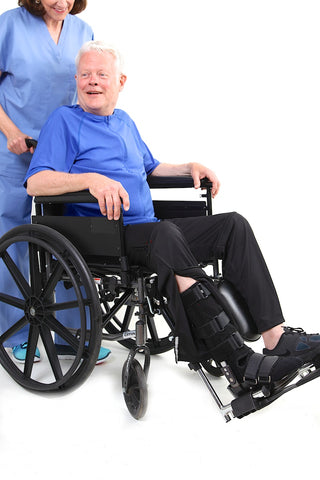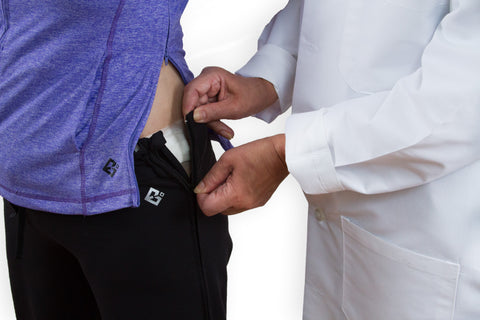Water Therapy for Bone, Joint, and Muscle Recovery

Summer is here! Which means pools are open and the ocean is warm enough to swim in! Did you know that swimming is one of the most popular physical activities in the United States, and it can take many forms: one of which is water therapy. Water therapy is used to speed the rehabilitation of bone and joint injuries. But best of all: you don't have to be a skilled swimmer to get what you need from this type of treatment. If you're looking for a minimal-impact exercise to work yourself back into shape, the pool might be your second home for a while.
Whether it's lower-back pain, arthritis, or rehab following a knee or hip replacement, water or aqua therapy is one of the best activities you can do under the guidance of a physical therapist.
Benefits of Getting in the Water
The very nature of water can help bones and joints in many ways:
- Water exercise uses the liquid's resistance to build muscle strength.
- Water resistance offers ease of movement while reducing pain.
- Water buoyancy reduces impact and stress when exercising, supporting injured muscles and joints during recovery.
- Water presses in on injured areas, reducing swelling and improving motion.
Bones, Joints, and More
Swimming, aside from aiding recovery for bone and joint trouble, helps improve pain in a number of situations. Back pain is a common issue, and the act of swimming works your back muscles in a consistent, rhythmic fashion that doesn't add wear or tear to an already-aching part of your body. It improves conditioning and builds muscle while minimizing impact.
Water therapy is also beneficial for sprains, strains, and tears. The American College of Sports Medicine recommends swimming or walking in the water among four preferred rehabilitation exercises for injuries to ligaments, muscles, or tendons.
Beyond Rehab
Swimming is a positive form of regular exercise for a number of reasons beyond recovering from a bone or joint injury. The Centers for Disease Control and Prevention says swimming's benefits extend to improving your mood, decreasing anxiety for people with fibromyalgia, and enhancing the health of pregnant mothers and their unborn children. It's also a common form of exercise for seniors.
It's easy to work swimming into your exercise routine once you find a good place to get into the water. Other than that, you just need a swimsuit and a towel. If you're looking for a place to swim, some residential communities have their own pools. You're more likely to find a large pool ideal for swimming laps at a gym or public facility, such as a YMCA or community center.
For a formal rehabilitation program, talk with your local physical therapist or ask your personal physician about a referral to a physical therapist. If it's the recommended option for your health needs, grab that suit, bring your towel, and get your feet wet on the way to a healthier, fitter life.







Leave a comment